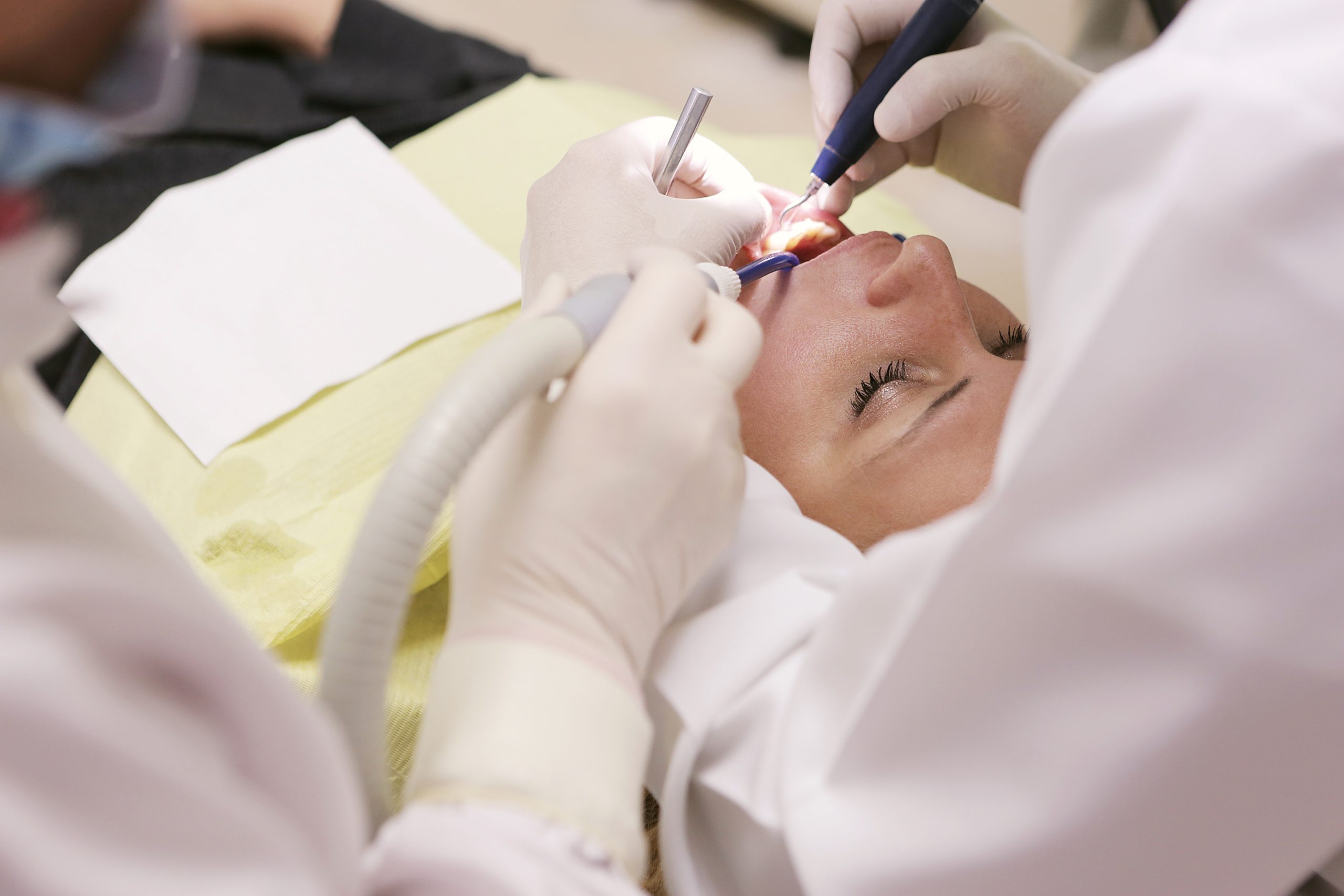Who Is a Good Candidate for Dental Implants?
Dental implants are one of the most reliable, durable, and aesthetically appealing treatments for missing or severely damaged teeth. They can drastically enhance oral functionality, appearance, and overall confidence levels. In restorative dentistry, there’s no one-size-fits-all approach; a treatment that works perfectly for one patient may be inappropriate for another. So, who exactly is a good candidate for dental implants?
What Are Dental Implants?
Dental implants are a sophisticated and permanent solution for replacing missing teeth. They are designed to replicate the look and function of natural teeth and are considered one of the most effective options in modern dentistry for addressing tooth loss.
Oral Surgery for Dental Implants
Generally, the placement of dental implants involves oral surgery to secure the implant into the jawbone. This procedure is performed by oral surgeons who have undergone rigorous training in the field, making them highly qualified for such intricate tasks. If you’re experiencing issues like facial pain or discomfort after dental implant surgery, scheduling a visit with an oral surgeon for facial pain could be beneficial as they specialize in diagnosing and managing such conditions.
The Ideal Candidate for Dental Implants
A person seeking dental implants for improved function should generally meet health and oral criteria to ensure the best possible outcome. The following sections will outline the key qualifications of an ideal dental implant candidate.
1. Good Overall Health
An ideal candidate should be in good general health. This includes having well-managed chronic conditions like diabetes or heart disease, as these conditions can affect the healing process.
2. Healthy Gums
Healthy gums are essential for the success of dental implants. Gum disease (periodontal disease) can compromise the stability of implants. Therefore, an ideal candidate should have healthy gums free from infection.
3. Adequate Bone Density
Dental implants rely on the jawbone for support. An ideal candidate should have sufficient bone density in the jaw to anchor the implants securely. In cases of bone loss, procedures like bone grafting may be required to augment the bone.
4. No Tobacco Use
Smoking and using tobacco products can significantly hinder the healing process after implant surgery. An ideal candidate should be a non-smoker or be willing to quit smoking for the duration of the implant process.
5. Commitment to Oral Hygiene
Maintaining excellent oral hygiene is crucial for the long-term success of dental implants. Ideal candidates should be committed to practicing good oral hygiene, including regular brushing, flossing, and routine dental check-ups.
6. Realistic Expectations
An ideal candidate should have realistic expectations about the outcomes of the dental implant procedure. While implants offer exceptional benefits, they may not suit everyone or every situation.
7. Stable Oral Health
The ideal candidate should not have any active oral infections or diseases. Existing dental issues, such as cavities or gum disease, should be treated and resolved before proceeding with dental implants.
8. Absence of Teeth
Dental implants are primarily designed to replace missing teeth. Therefore, the ideal candidate should have one or more missing teeth that require replacement.
9. Good Oral Care Practices
Ideal candidates should be willing and able to follow post-operative care instructions diligently. This includes attending follow-up appointments, maintaining oral hygiene, and avoiding habits that can damage the implants, such as teeth grinding (bruxism).
10. Stable Lifestyle
Stability in one’s personal life and daily routines can contribute to the success of dental implant treatment. An ideal candidate should have a lifestyle that allows for proper rest and healing after surgery.
The Journey to Dental Implants
For those considered good candidates for dental implants, the journey typically involves several steps. These may include initial consultation, treatment planning, implant placement, healing period, abutment installation, and finally, the placement of the artificial tooth or teeth.
1. Initial Consultation and Treatment Planning
The journey to dental implants begins with an initial consultation with your dental team, which may include a general dentist, oral surgeon, or implant specialist. During this crucial phase, your oral health is thoroughly evaluated, and a comprehensive treatment plan is developed. This evaluation often includes:
- Diagnostic Imaging: X-rays and advanced 3D imaging techniques create detailed images of your jawbone, teeth, and surrounding structures. These images help the dental team assess the condition of your oral health and plan the implant placement with precision.
- Medical and Dental History: Your medical and dental history is reviewed to identify potential risk factors or pre-existing conditions that might impact the implant procedure.
- Discussion of Goals and Expectations: You’ll have the opportunity to discuss your goals and expectations for the dental implant procedure. This allows the dental team to tailor the treatment plan to your needs.
2. Implant Placement
Once the treatment plan is established and you are deemed a suitable candidate for dental implants, the next step is the implant placement procedure. This is typically performed by an oral surgeon or a trained implant dentist and involves the following steps:
- Anesthesia: Local or general anesthesia is administered to ensure your comfort during the surgery.
- Implant Placement: The dental surgeon precisely places the titanium implant into the jawbone. The implant is a sturdy foundation or root for the new artificial tooth.
- Sutures: After the implant is in place, sutures may close the incision if necessary.
3. Healing Period (Osseointegration)
Following the implant placement, a crucial healing period begins. This period, known as osseointegration, allows the implant to fuse with the surrounding jawbone. Osseointegration is a natural process where the bone integrates with the titanium implant, creating a stable and permanent bond. This healing phase can take several months, and it’s vital for the long-term success of the dental implant.
4. Abutment Installation
Once osseointegration is complete and the implant is firmly anchored in the jawbone, the next step is the installation of the abutment. The abutment is a connecting element that is attached to the implant. It protrudes above the gumline and provides a secure connection point for the final artificial tooth.
5. Artificial Tooth Placement
Finally, the artificial tooth, custom-designed to match your natural teeth in color, shape, and size, is placed onto the abutment. This step completes the dental implant process, providing a fully functional and aesthetically pleasing replacement for your missing tooth or teeth.
Exploring the Field of Periodontics
One significant area relevant to dental implants is periodontics. This branch of dentistry focuses on preventing and treating periodontal disease, also known as gum disease. It encompasses the care and maintenance of the supporting structures of the teeth, namely the gums, jawbone, and connective tissues. Dentists with periodontist expertise come into play as it relates to dental implants. A periodontist is skilled in the placement of dental implants, making them a vital asset in the journey of restoring your smile.
Conclusion
Dental implants provide a permanent solution to missing teeth, significantly improving oral function and aesthetic enhancement. Individuals can make informed decisions concerning their oral health by understanding the good dental implant candidate’s characteristics, the roles of periodontal and oral surgery expertise, and familiarity with the treatment process. Consult a professional dental care provider for personal advice tailored to your needs and circumstances. Dental health is a chapter of your overall health journey, and exploring solutions like dental implants is a step toward achieving your oral health goals.












